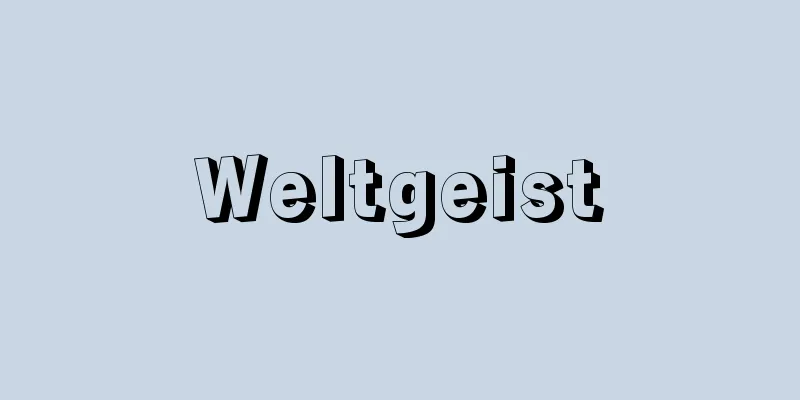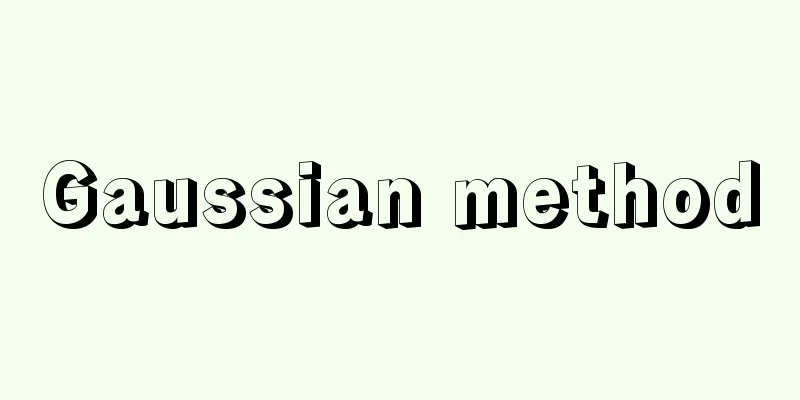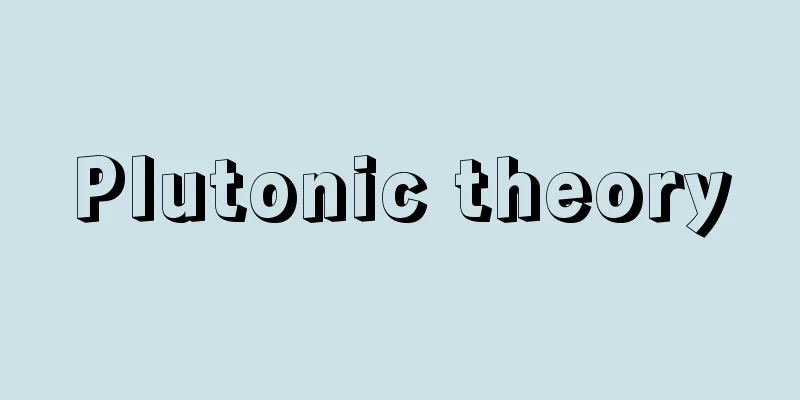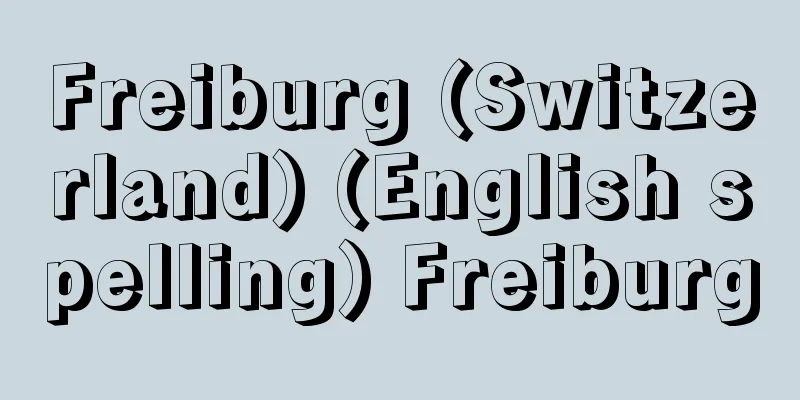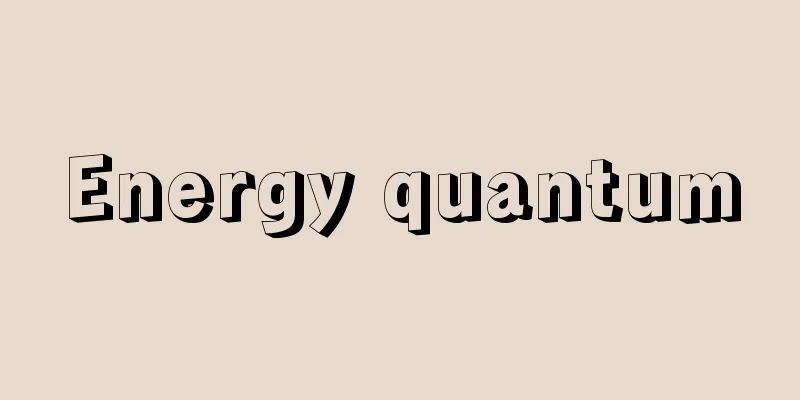Specialized education - senmonkyoiku

|
In contrast to general education or ordinary education, this is education that prepares students for a specific, highly intellectual and technical professional occupation. It is a general term for vocational and specialized education, which is contrasted with general education at the upper secondary education (high school in Japan) and higher education (old-system technical schools, junior colleges, universities and graduate schools). In the UK and the US, it is called professional education. In a broad sense, it refers to an educational curriculum that organizes special educational courses necessary for future professional life, includes general education, and integrates specialized, highly specialized vocational education on top of that foundation. In a narrow sense, it refers to specialized vocational education that aims to train professionals such as clergy, lawyers, doctors, teachers, engineers, writers, researchers, and artists, and grants them licenses and certificates. In this sense, it is distinguished from vocational education and vocational education such as handicrafts, manual trades, and low-level technology, home economics, and commerce. In Europe and the United States, the standards for professional education are essentially based on the idea of social service, are based on systematic knowledge and skills, require long-term academic and practical training, have a high degree of autonomy and ethical standards, and promote professional growth. In recent years, with the development of science and technology, specialization and fragmentation have progressed, and a hierarchy of professionals has emerged in each field, leading to a stratification of professional education. There is education for para-professionals, such as engineers, licensed practical nurses, substitute teachers, and assistants, who are trained to assist professional workers, and education for semi-professionals (junior colleges) as part of a specialized education course to become a full-fledged professional in the future. [Tadashi Kaneko] "Professional Schools: Training Professionals in America" by Reiko Yamada (1998, Tamagawa University Press) " "From Junior Colleges to Community Colleges: The Rapid Growth of Short-Term Higher Education in the World and Japan's Challenges" edited by Akira Tate (2002, Toshindo) [Reference items] | | |Source: Shogakukan Encyclopedia Nipponica About Encyclopedia Nipponica Information | Legend |
|
一般教育や普通教育に対し、特定の高度な知的および技術的な専門職業の準備を行う教育。後期中等教育(わが国の高等学校)および高等教育(旧制専門学校、短期大学、大学および大学院)段階における一般教育と対比される職業教育および専門教育を総称する。英米ではプロフェッショナル・エデュケーションprofessional education。広義には、将来の職業生活に必要な特別な教育課程を編成し、一般教育を含み、その基礎のうえに専門分化した高度な職業教育を総合する教育課程をさす。狭義には、聖職者、弁護士、医者、教師、技術家、著作家、研究者、芸術家等の専門職業人professionalsの養成を目ざし、その免許や資格証を与える専門職業教育をさす。この意味では、手工芸、手職および低いレベルの技術、家政、商業等の実業教育や職業教育vocational educationと区別される。欧米では、専門教育の基準は、本質的には社会奉仕の理念で貫かれ、体系的な知識や技能に基づき、長期の学問的および実践的な訓練を要求し、高度な自治や倫理綱領を有し、また職能的な成長を促進することにある。近年、科学技術の発達に伴い、専門分化や細分化が進み、分野ごとに専門職自身のヒエラルキーの出現とともに、専門教育の階層化が生じている。専門職業人の補助の訓練を受けた技師、准看護師、代用教員、助手などの准専門職業人para-professionalsの教育と、将来一人前の職業人になる専門教育の一課程としての半専門職業人semi-professionalsの教育(短期大学)がある。 [金子忠史] 『山田礼子著『プロフェッショナルスクール――アメリカの専門職養成』(1998・玉川大学出版部)』▽『舘昭編『短大からコミュニティ・カレッジへ――飛躍する世界の短期高等教育と日本の課題』(2002・東信堂)』 [参照項目] | | |出典 小学館 日本大百科全書(ニッポニカ)日本大百科全書(ニッポニカ)について 情報 | 凡例 |
<<: Professional occupation - senmonshoku
>>: Vocational school - senmon gakkou
Recommend
Representative - Daihyo (English spelling) representation
A representative is a person or group that is reg...
Standard atmosphere - Hyōjyūntai-ki (English spelling)
A fictitious reference atmosphere used as a model ...
Ena [city] - Ena
A city in the southeastern part of Gifu Prefecture...
Right to claim compensation
For example, if a third party destroys or damages ...
Aizu Region - Aizu Chiho
… [Yuko Kitsutaka] [Three rows of mountains and l...
Ousu no Mikoto - Oousu no Mikoto
...It was a former prefectural shrine, and in 194...
Dismissal decision - customer's decision
…(1) The Administrative Appeal Law defines a deci...
Tadashi Sekino
Architect and architectural historian. Born in Ta...
Artabanus IV
…In the second half of the 2nd century, Seleucia ...
Collective bargaining - dantaikosho
It refers to negotiations between a labor union a...
Katayama Tokuma
Year of death: October 23, 1917 Year of birth: Dec...
Vangerow, KAvon (English spelling)
...Historical jurisprudence thus developed into P...
Plasmalogen
…There are many unsaturated fatty acids at the 2n...
Kose Tokutako - Kose no Tokutako
? - 658 (Saimei 4) A powerful clan leader from the...
Grand Master of Seasons - Grand Master of Seasons
Year of death: August 7, 1487 (August 25, 1487) Ye...

